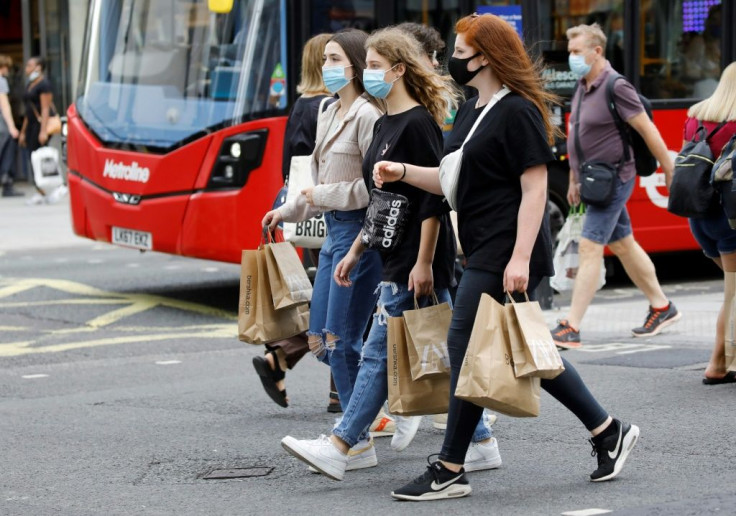Price Increases Will Continue To Plague Consumers As Inflation Protections Fade
Consumers will likely see higher prices for the foreseeable future as shifts in the global economy amid the pandemic continue to cause inflation.
Some economists told the Wall Street Journal that what they have called the secular forces — globalization, demographics, and e-commerce — are beginning to reverse and are no longer able to manage inflation.
"The factors that were…playing a significant role in that low-inflation environment last cycle are beginning to fade," Sarah House, director and senior economist at Wells Fargo, told the Journal.
House continued by saying that this means inflation could either run higher in the coming years, or the Federal Reserve would need to police it tighter to meet its strict 2.0% inflation target.
The news comes ahead of Tuesday's anticipated announcement from the Department of Labor Statistics on key inflationary numbers, including the Consumer Price Index (CPI) for June. Projections call for a 3.4% inflation rate.
However, consumers are already feeling the pinch as several companies have announced price increases this year. Raw material costs are plaguing manufacturers, causing price hikes on everything from paper products to toys.
Hasbro announced in April, it would increase the price of its toys and games to offset the increase in raw material costs, while Mattel said it is experiencing a “significant impact” to its margins from higher resin and freight costs, CNBC reported.
Coca-Cola also said some of its beverages, without naming which brands, would see a price hike to help offset production costs.
In late March, Kimberly-Clark announced that it was raising the price of products in its baby and child care, adult care, and Scott bathroom tissue lines in the mid-to-high single-digit range in late June, citing increasing pulp prices.
Peanut butter producer J.M. Smucker increased the price tag on its Jif products in August 2020 as it saw lower than expected peanut yields. Other peanut butter producers followed suit, according to CNBC.
But this is not the only place where consumers are seeing prices surge. The shift to e-commerce is also spurring a consumer spending shift as nearly 14% of retail sales are now conducted online, more than five times more than the number performed online in 2005, the WSJ reported.
But transparency and competitiveness in these platforms are driving up prices. According to data from Adobe Digital Insights, as reported by WSJ, online prices have increased by 2% from March 2020, with prices for sporting goods, furniture and appliances seeing a sharp spike since the start of the pandemic.
Electronic prices dropped 1.8%, while computer prices fell 1.2% during the same timeframe, the news outlet said.

© Copyright IBTimes 2024. All rights reserved.




















